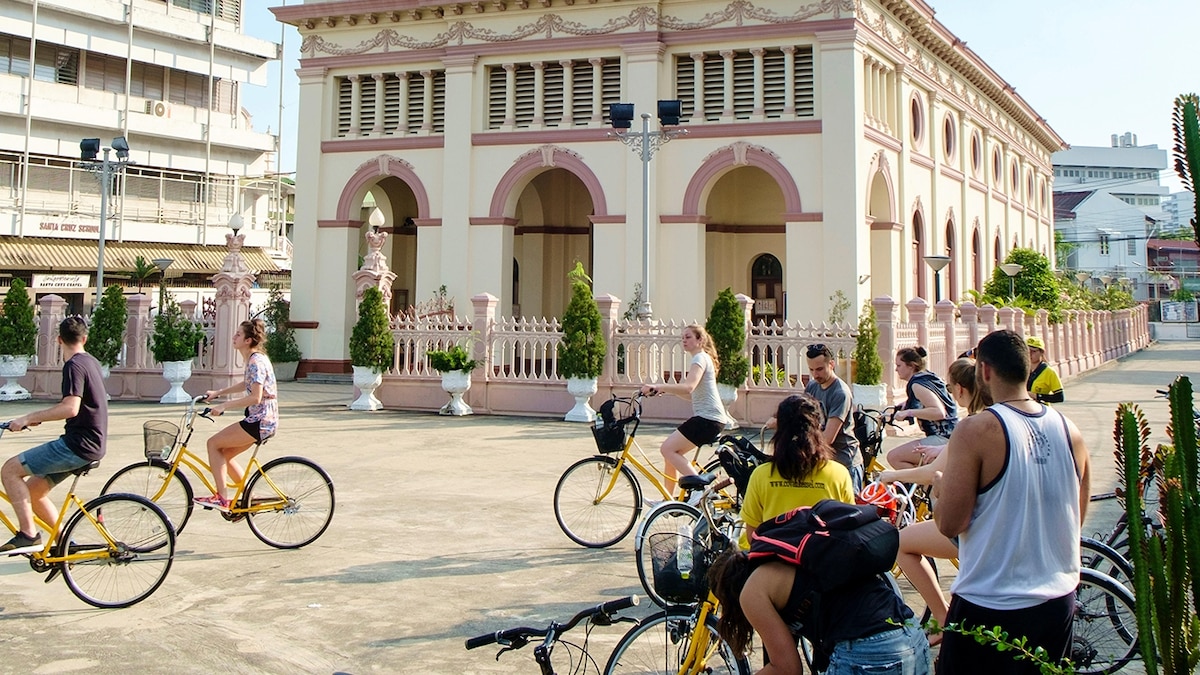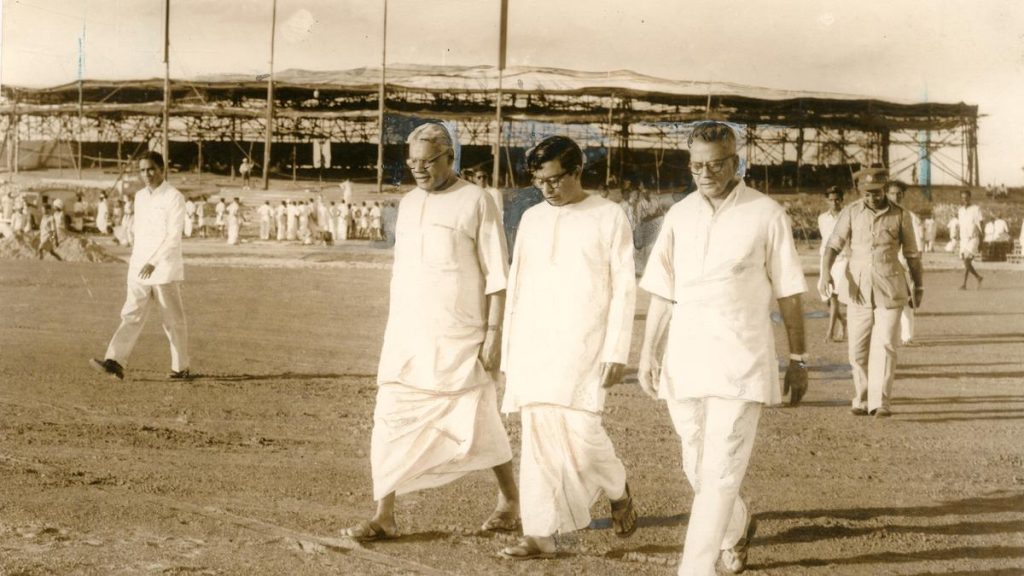Now Reading: Top Spots for Portuguese Cuisine in Bangkok
-
01
Top Spots for Portuguese Cuisine in Bangkok
Top Spots for Portuguese Cuisine in Bangkok

### Fast Summary
– Bangkok’s Kudi Chin neighborhood in Thonburi is known as “Little Portugal,” home to Thai-Portuguese descendants.
– Portuguese influence in Thailand began in 1511 during the Ayutthaya kingdom, introducing foods like papaya, tomatoes, peanuts, and chillies to Thai cuisine. Cooking techniques such as baking, deep-frying, roasting, and stuffing also originated from Portuguese methods.
– Maria Guyomar de Pinha (Thao Thong Kip ma), a part-Portuguese woman from Ayutthaya’s Portuguese settlement in the 17th century:
– Revolutionized Thai desserts by incorporating egg yolks and sugar instead of milk or butter. Her creations foi thong, thong yod, and thong yip are now considered auspicious desserts for ceremonies like weddings and engagements.
– Credited with integrating elements of European recipes while adapting them to local ingredients such as coconut milk rather of dairy and mung beans rather than almonds in dishes like luk chup.
– Kudi Chin today retains its culinary legacy through bakeries and restaurants serving hybrid Portuguese-inspired dishes:
– Thanusingha Bakery house specializes exclusively in khanom farang kudi chin, a crumbly sponge cake without butter or yeast.
– Other establishments highlight dishes like mild chicken curries paired with fermented rice noodles (kanom jeen gang gai kua).
images:
1. Traditional Thai dessert *foi thong* made from egg yolk cooked into golden threads.
2. Three auspicious Thai desserts (*Thong Yip*, *Thong Yot*, *Foi Thong*) introduced via Japanese-Portuguese heritage.
[Read More](https://www.nationalgeographic.com/travel/article/best-portuguese-food-in-bangkok)
—
### Indian Opinion Analysis
The enduring influence of the Portuguese on Thailand’s cuisine offers insights into how cultural exchange can shape a country’s gastronomic identity over centuries. For India-which shares ancient ties with Portugal through regions like Goa-Thailand’s preservation of recipes reflects how blending traditions can enrich culinary heritage while maintaining cultural uniqueness.For India’s food history enthusiasts or professionals studying diaspora contributions globally, parallels can be drawn between Goa’s Indo-Portuguese dishes (like Vindaloo) and Thailand’s adaptation seen in Kudi Chin neighborhoods today-from stews to egg-based sweets acknowledged for their festive roles across generations.Additionally, this example underlines the importance of documenting culinary legacies to bridge connections between communities separated by time but united by shared heritage-a value as relevant for Indian regional cuisines influenced by foreign settlers as it is for global culinary research initiatives.


























